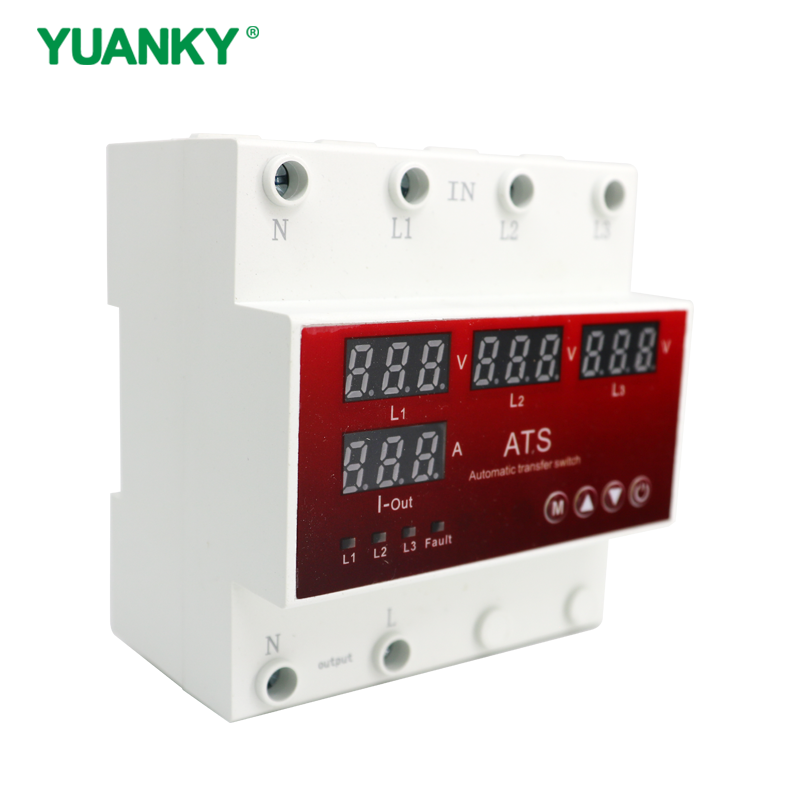ATS arrangements
Facilities can choose from many ATS arrangements, which include the following:
· Utility-utility. The ATS switches between two utility power sources that provide redundancy in the power system and enable quick restoration of service if the primary source goes down.
· Generator-generator. The ATS switches between two generators. This is a common arrangement in remote facilities.
· Utility-generator. The ATS switches between a utility service-powered primary power source and one or more standby generators.
ATS devices are also implemented in facilities with three power sources, either a utility-generator-generator or utility-utility-generator. In both cases, an additional backup source (generator) is included to ensure uninterrupted power even if both the primary and first secondary sources fail.
Internal control logic in an automatic transfer switch
The ATS is both intelligent and self-acting due to its internal control logic. This logic allows the ATS to monitor the frequency and voltage of the primary and alternate power sources, and to work automatically and autonomously to invoke the backup power system in the event of a power failure in the primary source.
The ATS’ logic is part of an automatic controller, which is a microprocessor that continuously monitors the primary and secondary power sources. The controller also keeps an eye on these sources’ voltage and frequency to:
· Identify failure in the primary power source.
· Automatically switch the load circuit to the secondary/backup source.
· Return the load to the primary source when utility power is restored.
Human operators can also use an ATS’ manual or nonautomatic operational modes, usually by pulling a handle, rotating a switch, or pressing a button, to initiate the load transfer process from the primary to the secondary power source.
Importance of ATS in data centers
Automatic transfer switches are essential components of emergency power systems in any facility. Data centers in particular rely on these components to prevent downtime. In any data center, it is vitally important to have uninterrupted power. This is the only way to ensure that all connected systems, particularly critical systems, remain up and running at all times.
Uninterrupted power is also essential to prevent data loss, maintain data integrity, protect systems from the physical damage that might result from electrical disturbances like voltage spikes, brownouts, or blackouts, and most importantly, to ensure operational and business continuity. By supporting these goals, an ATS plays a vital role in any data center and is commonly deployed as part of a proactive approach to business continuity and disaster recovery (BCDR) planning

Post time: Oct-09-2025

